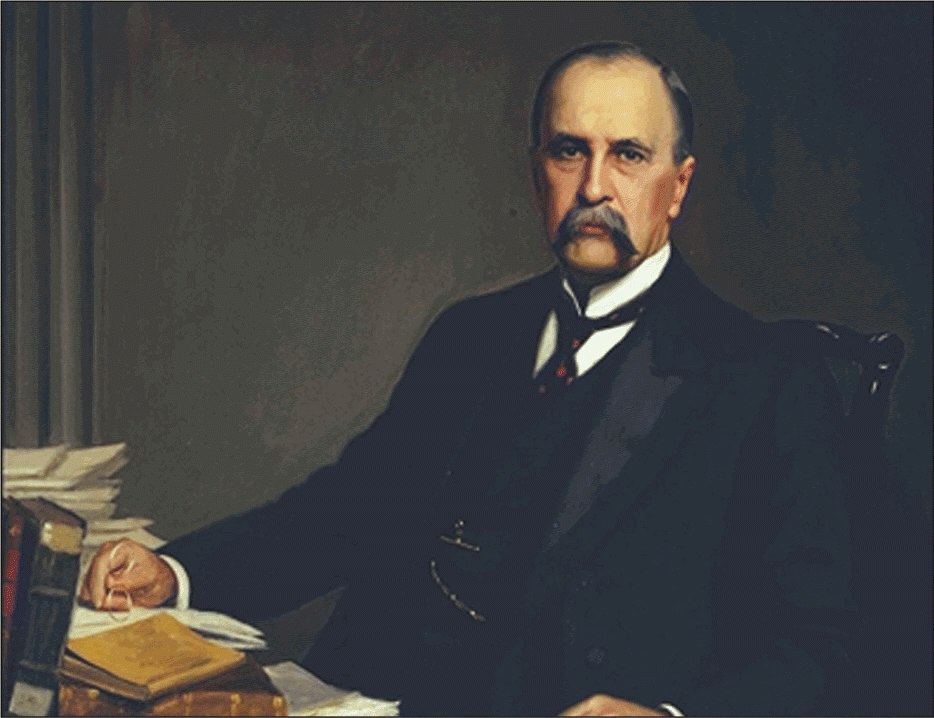Maureen Hannley, PhD, is currently Chief of the Research Division of the Department of Otolaryngology and Communication Sciences at Medical College of Wisconsin and Research Consultant for the Triological Society. She formerly served as the Chief Research Officer of the American Academy of Otolaryngology-Head and Neck Surgery Foundation and has held positions at the National Institutes of Health, Stanford University Medical School, and Arizona State University.
Explore This Issue
January 2009Sir William Osler’s image of the future would have been very different from the one that we accept as ordinary today. Would he have imagined medical practice with tools such as MRI, stereotactic radiosurgery, antibiotics, cochlear implants, or the human genome? Could Osler have anticipated clinical practice guidelines, ICD and CPT codes, and malpractice insurance? Each generation of physicians and surgeons has seen advances in science and technology that have affected practice patterns and improved patient outcomes. In the 1920s, the mold that would become penicillin was discovered. In the 1940s, chemotherapy emerged as a new treatment for cancer, and the foundations for one of the most important scientific disciplines, molecular biology, were laid. In the 1950s, the first successful polio vaccine was developed, Dr. John Shea performed the first stapedectomy, and Watson and Crick defined the structure of DNA (reported in a one-page paper in Nature!). Widely publicized cases in the 1960s demonstrated that organ transplants from nonrelated donors were possible.

We would not be wrong in anticipating that the 21st century will bring changes of similar magnitude to the laboratory and to medicine. An unprecedented alliance between scientific research and clinical research-translating scientific discoveries to clinical applications-promises to launch a new era in clinical medicine. Molecular diagnosis of preclinical disease is the paradigm of the future: intervening before symptoms appear because the preclinical molecular events are known and because more sophisticated tools will provide the ability to detect at-risk patients.1 A great deal of attention has been directed toward overcoming three blocks to translational research: (1) translating basic science research to human research; (2) translating new clinical knowledge into clinical practice; and (3) translating evidence-based clinical practice into policy.2
The visionary Elias Zerhouni, MD, immediate past Director of the National Institutes of Health, introduced a number of new programs that emphasized the importance of clinical and translational research. With his overview of the advances made by NIH-supported scientists and others in the scientific community, he predicted that in the future, the current model of medicine would be transformed into one that is predictive, personalized, preemptive, and participatory.1 As one might expect, advances in genetics will make many of these future developments possible-some have appeared already. Looking into the proverbial crystal ball, here are some ways in which the four Ps might affect otolaryngology-head and neck surgery.
Leave a Reply